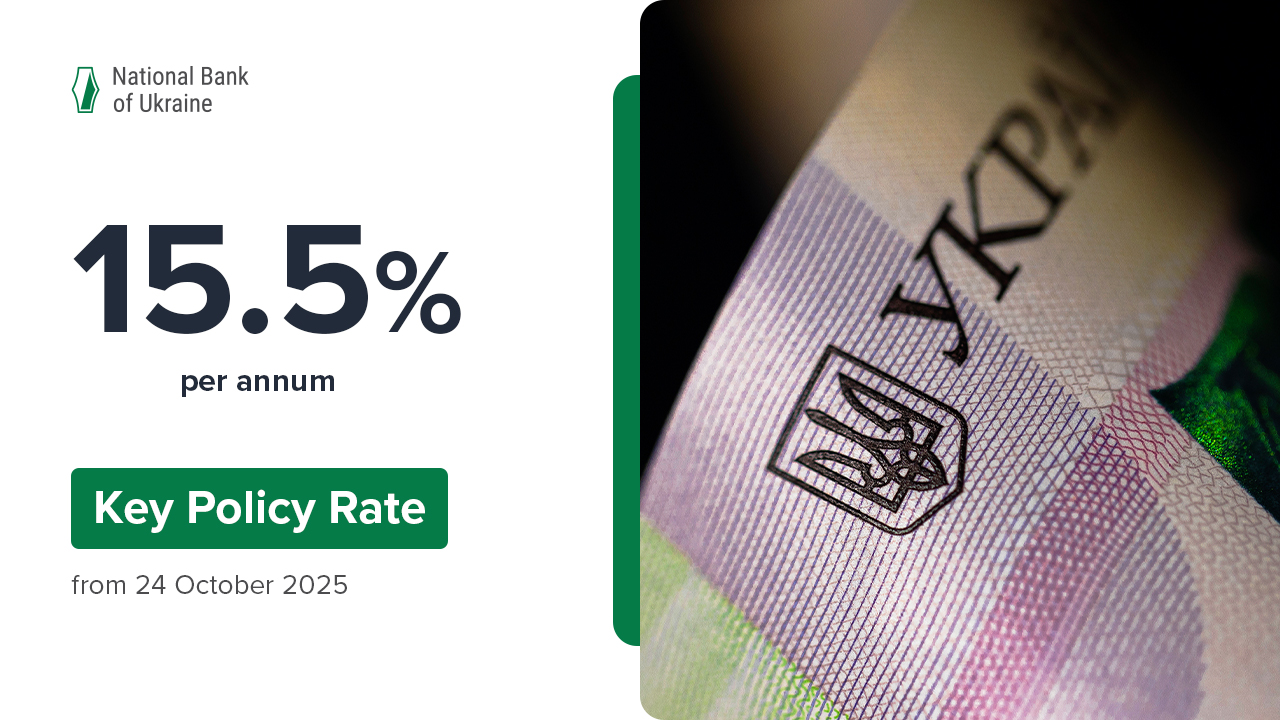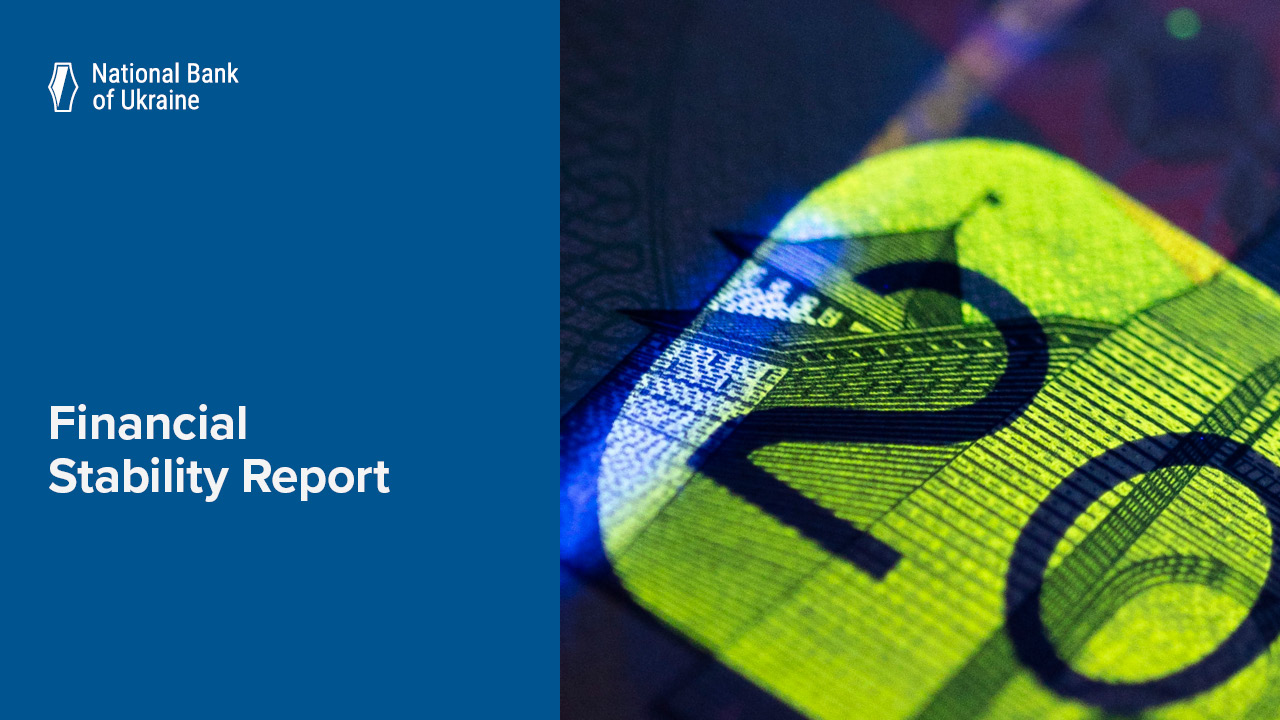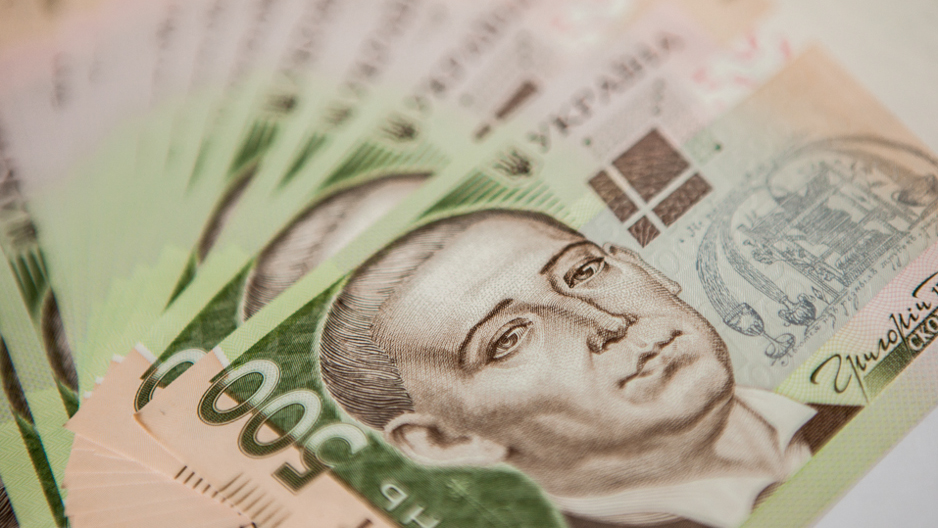In July 2018, banks actively attracted funds: hryvnia deposit portfolio increased by 1.5% to UAH 515.4 billion in the banking system. This is shown by the preliminary Monetary Statistics data for July 2018.
The strongest increase in deposits was seen by corporate funds. Corporate bank account balances increased by 3.6% to UAH 395.7 billion, including hryvnia balance that grew by 6.3% to approximately UAH 260 billion. Meanwhile, corporate foreign currency deposits decreased by 3.3% to USD 5.0 billion (in the US dollar equivalent).
In contrast to corporate deposits, households hryvnia bank account balances dropped by 3.1% in July, that is approximately to UAH 254.7 billion. The decrease was mainly seasonal. The decline in hryvnia deposits from households mostly relates demand deposits including card accounts following their significant rise in June. This fact along with the increase in the corporate demand deposits may be evidence for active consumption expenditures by households. At the same time, foreign currency inflow from individuals accelerated in July: the increase made 1.9% to USD 8.6billion (in the US dollar equivalent).
In general, retail deposits have increased by 0.2% to UAH 485.6 billion following the previous month results.
Hryvnia credit portfolio of the banks increased by 1.5% to UAH 593.7 billion.
The banks continued active lending to households, primarily on consumer needs: the hryvnia retail credit portfolio has increased by 3.1% to UAH 121.3 billion within the month.
During this period, corporate credit portfolio increased by 1.8% to approximately UAH 859.5 billion including credit portfolio rising in hryvnia by 1.1% to UAH 471.4 billion and in foreign currency by 0.5% to USD 14.5 billion (in the US dollar equivalent).
The increase in demand for loans by business and households meets the banks’ expectations. The banks link the increase in households’ demand for loans with decrease in loan rates, improvement of consumer sentiment, and decline of household savings. The corporate demand for loans is mainly driven, as the banks consider, by the need in working capital and investments.
Cost of corporate loans slightly dropped in July.
Hryvnia interest rates for business and for households did not change much.
With regard to the significant liquidity surplus in the banking system, substantial inflow during the previous periods as well as seasonal drop in deposit balances, the cost of households’ deposits remained at 10.7% in hryvnia and 2.3% in foreign currency per annum in July. The intensification of banks’ competition for corporate clients led to an insignificant increase in yields on deposits for business by 0.4 pp to 12.0% per annum.
See the Macroeconomic and Monetary Review (August 2018) for greater details on monetary market trends in July 2018 later this month.







